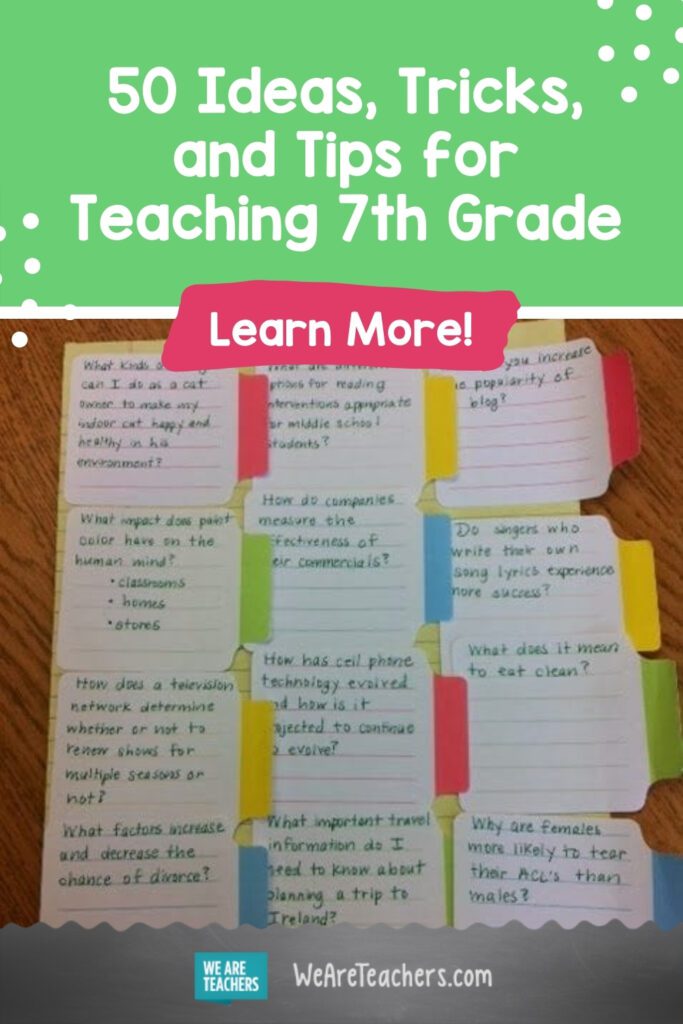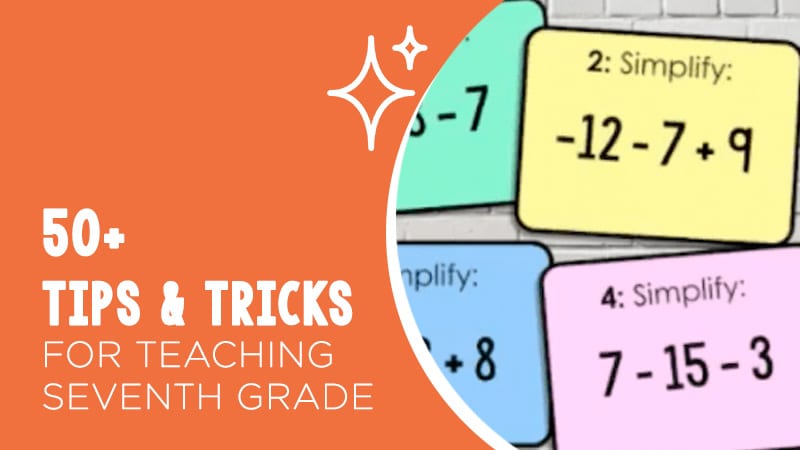Let’s be honest; seventh grade is a unique year in a child’s (and a teacher’s) life. It takes a special kind of patience to teach middle school—and particularly seventh grade. Look no further than these 50 tricks, ideas, and tips for teaching 7th grade from our community of teachers on the WeAreTeachers Helpline and around the web. And, we’ve organized the list by topic to make it easy to find the tips most relevant to you!
The First Days of School
1. Stock up on math supplies
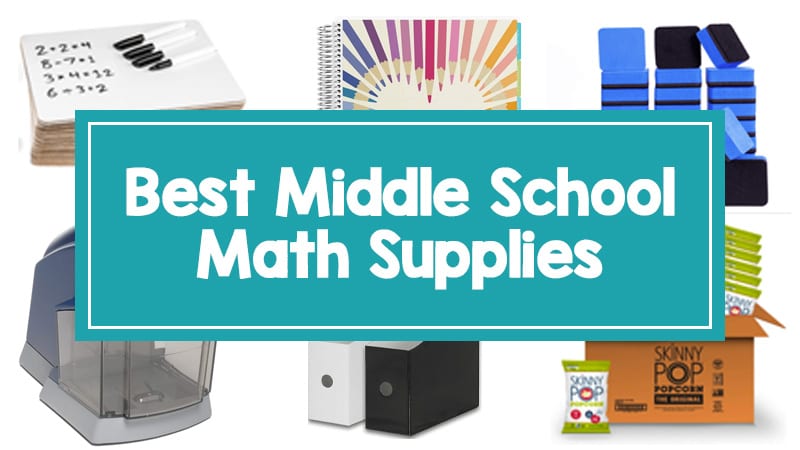
We’ve gathered all the math supplies you need for the 7th grade classroom.
2. And ELA supplies too!

We’ve got you covered with this list of small but critical middle school English supplies for the classroom.
3. Introduce yourself creatively

There’s nothing quite like the very first moment of the first day of school. You stand at the front of the classroom, looking at all those expectant faces for the very first time. Now’s your chance to introduce yourself to your students, to let them know who you are and what they can expect over the year to come. We love these creative ways to introduce yourself.
4. Connect the middle school years
Seventh graders don’t understand how each year builds on the one before, so you’ll have to make it explicit for them. Use the upcoming year’s syllabi to set goals for summer work. For example, reading four short stories that take place during the Civil War to prepare them for studying the Civil War in eighth grade or, read five science articles to prepare them to work with current events in science class.
5. Start the year with ice breakers and review

“Do a day of getting-to-know-you and then check for prior understanding of content. I teach social studies, so some maps and a quick review of topics they should have been exposed to.” —Beth T.
“I teach seventh grade English and actually had BINGO posted the first day but changed a few to specifics about our city/school. In addition to BINGO, I made a classroom scavenger hunt students completed in groups…Making time for procedures in between is, of course, critical for the year as well.” —Erin B.
Check out these ice breakers that really work!
Tips for Classroom Management
6. Don’t Assume that Yes means Yes
“Asking ‘do you understand?’ is the wrong question when you’re teaching 7th grade. They will always ‘yes’ you to death. Instead, after you have explained what to do, ask five people to tell you what they’re supposed to do. After that’s over, if someone still asks a question, get one of the students to answer the question to the whole class.” —Kym M.
7. Ask questions

Sixth graders (and most middle schoolers, for that matter) aren’t known for offering up their opinions or thoughts as readily as younger students. Come prepared with questions that are easy and fun for kids to answer. Check out our favorite introduction questions to check in.
8. Don’t assume that they remember (or heard) the directions
“After I give directions, I ask, ‘what are your questions?’ Then, wait time…make them uncomfortable for a minute or two, until someone asks a question…then the questions will flow and you’ll get to see what you need to clarify.” —William W.
9. Teach a growth mindset
Put simply—some people believe that intelligence is fixed, while others think that it’s malleable depending on effort. Identify your students who have a fixed mindset, those who see having to try as a threat to their intelligence, and build a culture that fosters a growth mindset. Check out this interactive quiz and TED Talks to learn more about “fixed” and “growth” mindsets.
10. Get to know your students’ brains
Middle school brains are changing every day. After infancy, this is the time when kids’ brains are growing and reshaping the most. Know what’s happening in your students’ minds by reading books like Age of Opportunity by Laurence Steinberg. As one teacher says, “So many times, I have found myself thinking, “Why did he do that? Why would she take that risk? Didn’t he consider what would happen based on that choice?” Well, now you’ll know.
11. Be specific when giving directions … like very specific!
“The biggest shock for me about teaching 7th grade was how detailed and specific I needed to be in giving direction. Assume they don’t know anything.” —Tiffany P.
12. Break out all your organization skills
“Be ORGANIZED. Have a procedure for everything.” —Pam W.
13. Create a foolproof lesson plan
“You need a foolproof lesson plan (one that you’ll love to teach and they’ll love to participate in) to pull out of the air during high-stress times.” —Lisa A.
Here are five we love for the days when you’re seriously exhausted.
14. Try flipping your class
Try teaching a flipped class with Flipgrid. You and your students can record videos that kids can watch at home or in a small group/center. You can use the classroom time for working with students.
15. Develop your own style
“The classroom management system that ends up working for you is likely very different from the management system that works for every other teacher in your building. I made the mistake my first two years of trying to emulate a teacher who screams all the time…what ended up working for me was a more positive tone and having a concrete system of behavior grades that students could see and check. Experiment and try everything until you hone in on what works for you.” —Lillie M. quoted in Education Week
16. Talk Positive
“Aim to make more than half of what you say positive and enjoyable to listen to. If everything you say is consistently harsh, punitive, or nasty, humans of all ages are far less likely to listen.” —Lillie M. quoted in Education Week
17. Laugh (and laugh some more)
“My best advice after teaching 7th grade for 13 years is to have some fun with the kids and laugh every single day!” —Tammy S.
Tips for Language Arts
18. Give students choice in literature circles

Seventh graders love literature circles, and they encourage strong discussion and ownership over reading. Build choice into your literature circles by providing them with a few novel choices and a blank calendar to plan out their reading. Check out our book lists here and here for middle grade books we love.
19. Introduce over 50 short stories
It can be a challenge to get middle schoolers interested in reading. The thought of tackling a thick novel can be overwhelming, especially during distance learning. Short stories are always a great choice.
20. Include poetry
It can be hard to know which poems will spur your middle and high schoolers into deep, meaningful discussion and which will leave them yawning! So we asked experienced teachers to share their favorite poems that always get a reaction, even from teens. Check out the list of poems here.
21. Deck out your classroom library with seating
“I use the camping chairs and my kids love them.” —Martha C.
“I got pillows from thrift stores, cheap pillowcases, and made my own covers. I let my students sit on the floor or lay under their desks to write and read if they feel the need.” —Linda W.
“Get camp chairs, you can get quite a collection for cheap and they take up little space when folded up.” —Deanna J.
22. Make writing explicit
Teach seventh grade students how to write clearly by assigning them to write a simple essay—how to make a peanut butter and jelly sandwich. Then, try to follow each set of directions. The results might not surprise you (the essays won’t be easy to follow), but your students will take the lesson to heart.
23. Don’t skip the daily read aloud
Seventh graders do like to be read to; in fact reading to them can inspire them to explore new genres and share a common reading experience. This read aloud list from Read Aloud America suggests titles like Boy by Roald Dahl and My Side of the Mountain by Jean Craighead George.
24. Adjust the reading level for current events
“NEWSELA has current events articles that span a variety of topics. Students are able to adjust the Lexile to the appropriate (or close) level.” —Kimberly W.
25. Differentiate reading instruction and keep pace
“Let them choose from several books with similar themes rather than having everyone in the class read the same book at the same time. Give them assessment options (such as tic-tac-toe boards), so they can choose. Don’t spend forever on the same book (i.e., 6-week units) because most will finish the reading the first day or so and be bored when the book is still being picked apart a month later.” —Kristy W.
26. Get flexible with annotation

Annotation is a difficult skill, but 7th graders need to master and internalize it. Have them use plastic covers to practice annotation in different kinds of books—the classics, textbooks, and even magazines.
27. Host a Socratic Seminar
Socratic seminar is a way for students to both engage in and reflect on deep discussion. Here’s a guide to Socratic seminars from ReadWriteThink.
Tips for Math
28. Use math manipulatives
“Get some manipulatives, like fraction circles, pattern blocks, power solids, geoboards, playing dice, spinners, etc.” —Gayle H.
29. Build a digital escape room!

Digital escape rooms provide students with a way to challenge, review, and compete. It’s a more exciting way to do math.
30. Blow their minds
It’s easy (too easy) to catch middle schoolers off-guard and surprise them. Blogger 7th Grade English uses curveball questions like: “When the day after tomorrow is yesterday, this day will be as far from Friday as this day was from Friday when the day before yesterday was tomorrow. What day is it?” to catch his students off guard and really make them think.
31. Gamify math

“Using Kahoot! in my middle school math class has helped to gamify content, practice vocabulary, and serves as a fun way to review.” —Erika
32. Get practical

Make math applicable for seventh grade students by bringing in lessons like scaling up candy wrappers and using Barbie to teach proportional reasoning.
Tips for Social Studies
33. Teach the branches of government

More than ever, our country is examining the laws that were put in place to protect and guide us. It can be overwhelming, however, to explain exactly how that works. To help you give your lesson plans a boost, we’ve put together this list of resources that help teach kids about the branches of government.
34. Use Instagram
Embrace the selfie culture (kind of). These tips for teaching 7th grade using Instagram (like creating a historical figure’s account) will make them learn and smile.
35. Use online learning
There are some amazing websites out there for teaching social studies lessons. Check out our 50+ favorites.
Tips for Science
36. Conduct appropriate science experiments
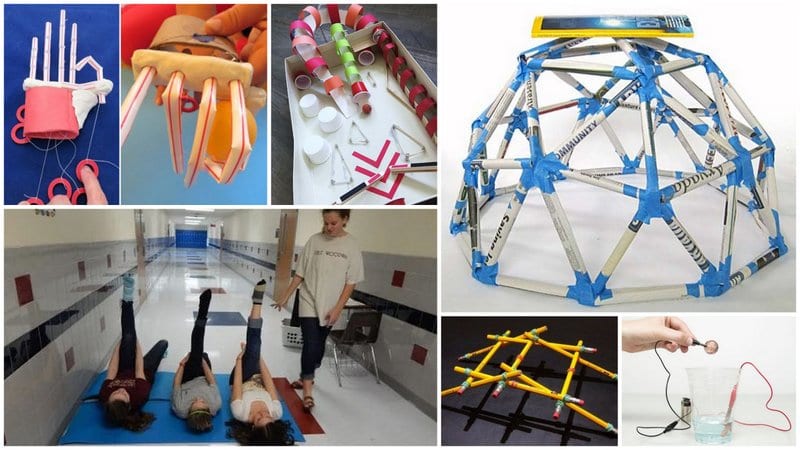
Kids of every age love hands-on science! Teachers do, too, because the learning is a lot more meaningful when students see concepts in action. This roundup of seventh grade science experiments and activities has a little something for everyone—from biology and ecology to physics and chemistry.
37. Pull up a science website
Science is exciting. Unfortunately, students can find the lessons a little dry. Whether you’re in the classroom or teaching online, finding the right resources can bring these complex concepts to life! To help you get started, here’s a list of the best science websites for middle school.
38. Use virtual field trips

Middle schoolers want to learn all they can about the world, but a field trip a week just isn’t in the cards. Try our top virtual field trips!
39. Help students develop research skills

Seventh graders are developing the research skills they’ll use in high school and beyond. Help them ask authentic questions, complete useful prewriting, narrow their purpose, and share their work with these tips from the Middle School Teacher to Literacy Coach blog.
40. Turn science into a challenge
When you’re teaching science, “stress that the goal isn’t to make the lab experiment ‘work’ but to work collaboratively and problem solve together. Teach students how to ask questions and watch them figure out how to find answers.” —Laurie P.
41. Mix up your science instruction
“Do a rotation of lectures and notes with videos, labs, other labs. Do mini labs that last 15 minutes and longer labs that last class periods or multi-day project. That way, they don’t get bored and neither do you.” —Kathie N.
Tips for Projects and Grading
42. Use a plagiarism checker

Don’t fret over those essays! Use a plagiarism checker to make sure everyone’s writing is unique.
43. Schedule class time for projects
“Seventh graders need more direct instruction and in-class work time when it comes to projects.” —Tesha L.
44. Divide projects into chunks
“I found it helpful to provide students with project worksheets that divided the project into stages. Each stage has its own deadline.” —Candy J.
45. Use mini-rubrics to keep students on track
“I recommend mini-rubrics along for each section along with strong guiding questions.” —Lindi E.
46. Consider pre-research
“With some groups, I needed to do pre-research for them to narrow down the scope of information to filter. I simply found quality resources, printed and organized them into a bundle and gave them to students.” —Linda E.
47. Hold students accountable
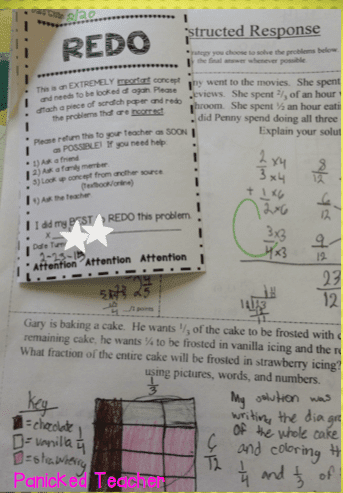
It’s inevitable that you’ll get unacceptable work from your students. Combat that by stapling redo slips to work that is a far cry from A-material. Students have to rethink their work, fix it, and return. This and more teaching 7th grade tips on Panicked Teacher.
Tips for the Arts
48. Get on stage!
“Go to the MTI (Music Theatre International) website. You can buy what’s called a Showkit that has everything you need to do a show, and a great guide for first-time directors. I am directing the first show at my school, although I’ve directed community shows. Make sure you communicate well with parents and get them involved! It’s a great thing for kids!” —Beverly B.
49. Teach thesis
A song’s chorus is similar to a research paper’s thesis—it’s what the singer wants the listener to take away, no matter what. Connect chorus and thesis with this series of lessons, you’ll capture your musical students.
50. Get crafty.
Even seventh graders like to make crafts like duct tape hearts for Valentine’s Day, flower pens for Mother’s Day, or 3-D shape flipbooks in math. Even better if crafts overlap with other concepts!
Do you have any great tips for teaching 7th grade? Share them in the comments below!
